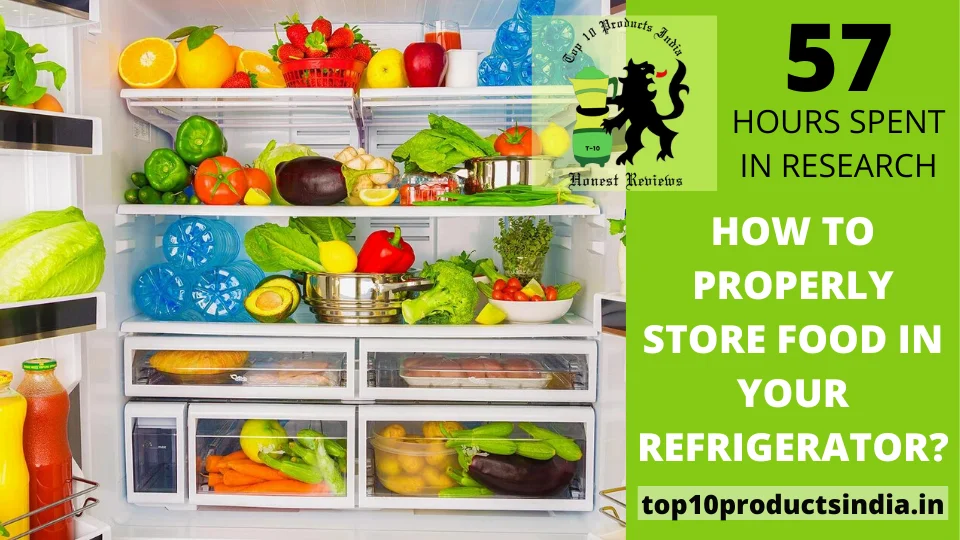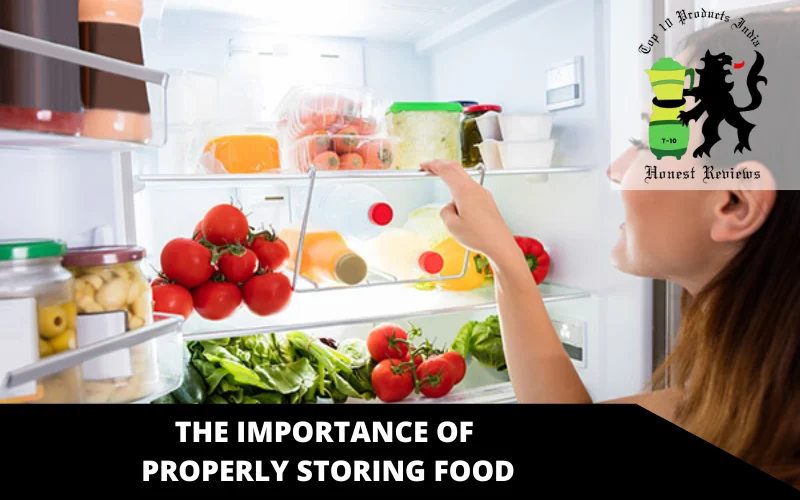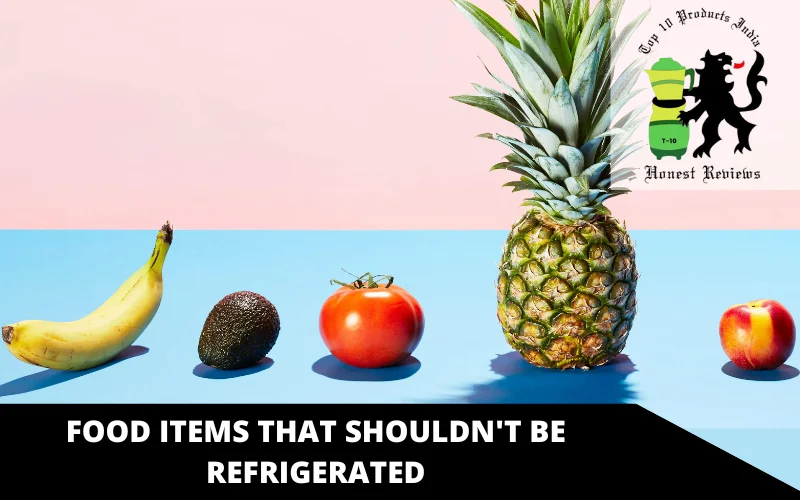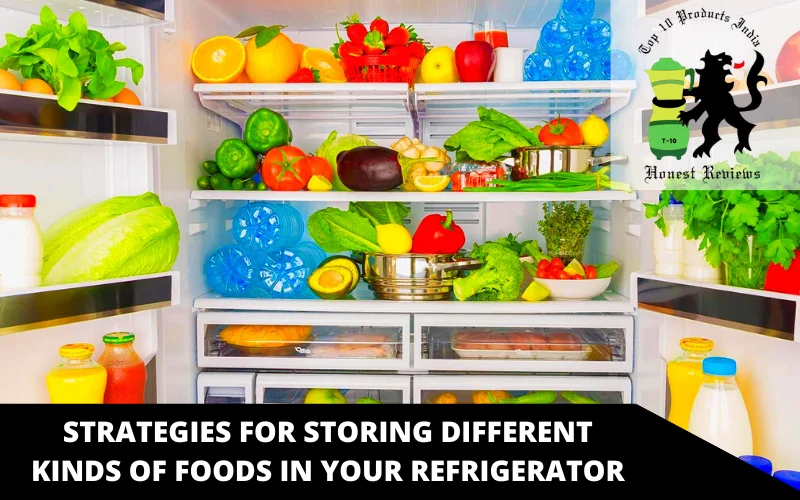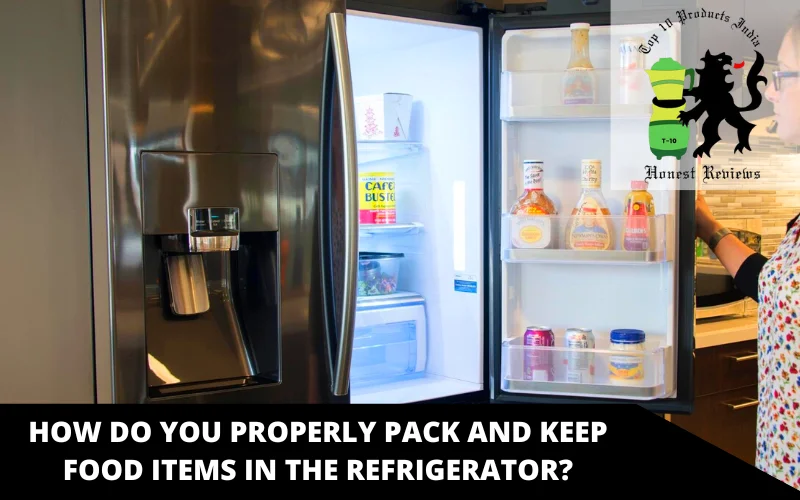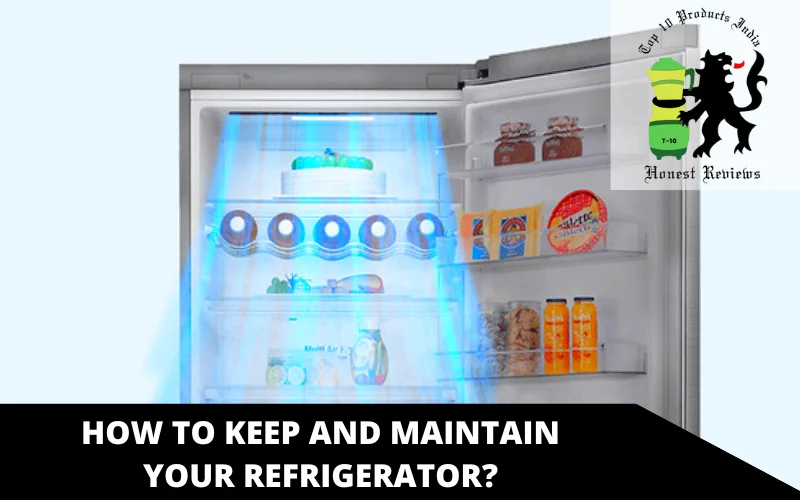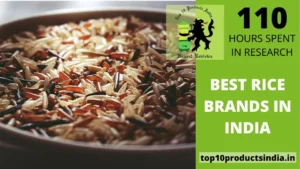Food storage facilities must be properly stored to ensure our food is healthy, safe, and fresh. Many depend on refrigerators for storing perishable food items in our modern world. But simply putting foods in refrigerators isn’t enough to ensure their security and freshness.
You must know the right food storage methods in your refrigerator to avoid foodborne illness, spoilage and even waste. This article will provide ways to store food safely in your refrigerator to ensure that your food remains fresh and well-nourished throughout its feasible time.
The importance of properly storing food
- Proper storage is essential to stop the growth of harmful bacteria that could cause food-borne illness.
- Food storage at the correct temperature and humidity can help maintain its freshness, flavour and texture.
- Reducing waste by properly storing food will prolong its shelf life and reduce food waste.
- Properly organized storage could aid in saving money, as it reduces the need to dispose of food that is no longer good.
- Properly stored food storage can be organized and easier to access and use, which makes food preparation and cooking easier.
Temperature and organization of the refrigerator
A good temperature to use for refrigerators is between 35 to 40°F (1.6 up to 4.4 degrees Celsius). This is the temperature at which the growth rate of bacteria and other pathogens is slowed, reducing the chance of food spoilage and foodborne illnesses.
To ensure that your fridge is operating at the right temperature, use the thermometer and put it in the highest temperature of the refrigerator (usually in the front).
Food items that shouldn’t be refrigerated
Foods that lose flavour or texture after refrigerating
- When kept in the refrigerator, the tomatoes can turn mealy and lose their flavour.
- Avocados: Avocados may turn inedible and tasteless when kept in the fridge.
- Bread: Bread may turn staler in the fridge due to the lower humidity levels.
- Potatoes: Storage of potatoes in the fridge can cause them to become grittier and alter their flavour.
Food items that can be kept at the temperature of the room
- Whole fruits: Apples, bananas, oranges, and other whole fruits can be kept on the counter at room temperature for a few days.
- Canned food items: Canned food items can be kept in the refrigerator at room temperature for a few months, provided they aren’t damaged or damaged.
- Dried products: Dried foods like rice, beans, or pasta can be kept at room temperature for months.
- The seeds and nuts, as well as seeds can be kept in the refrigerator at room temperature for a few months, provided they are kept in an airtight container.
Strategies for storing different kinds of foods in your refrigerator
Fruits and vegetables
- Keep vegetables and fruits in distinct drawers or shelves to avoid them becoming ripe or spoiling.
- Wash and dry your fruits and vegetables before placing them in the refrigerator to stop mould and bacteria growth.
- Cut fruits and vegetables should be stored in airtight containers to avoid their drying and absorb unpleasant odours.
Dairy products
- Dairy products and milk must be stored on top or middle shelves in the refrigerator where temperatures are the most constant.
- Storage of dairy products should be inside their container of storage and not transferred to different containers, as this could result in contamination.
- Wrapping the cheese in parchment or wax paper before placing it in the refrigerator to prevent it from drying out is recommended.
Meat, poultry and seafood
- The raw meat or seafood should be kept in leakproof containers on the refrigerator’s bottom shelf to avoid cross-contamination.
- To ensure there is no cross-contamination, ensure that you have distinct cutting boards and tools for poultry, meat and fish.
- Meat, poultry, and seafood must be stored in an airtight container in the refrigerator and eaten within 3-4 weeks.
Leftovers
- Remain food items in airtight containers, or wrap them in plastic or foil before placing them in the refrigerator.
- Then label leftovers by the date of storage and eat in 3-4 days.
- Warm leftovers until they reach temperatures of 165°F (73.9 Celsius) Celsius) before eating.
How do you properly pack and keep food items in the refrigerator?
Packaging and wrapping techniques
- Use airtight containers or Ziploc bags to store leftovers, fruits and vegetables.
- Use aluminium or plastic foil to cover food items that aren’t placed in containers.
- Make use of plastic containers with tightly fitting lids for dairy products and other liquids.
- Use vacuum-sealed bags to store poultry, meat, and seafood to avoid burning in the freezer and extend their shelf life.
Tips to avoid cross-contamination
- Keep the raw meat, seafood, poultry, and other meats in separate containers on the refrigerator’s lower shelf to keep the juices from contaminating other foods.
- Separately store cooked and raw food items in the refrigerator.
- Cut boards that are separate as well as utensils to prepare raw and cooked food.
- Cleanse your hands and clean surfaces before as well after handling raw poultry, meat and fish.
How to keep and maintain your refrigerator?
Regularly scheduled cleaning and maintenance
- Cleanse your refrigerator every once a month to get rid of stains, spills, and smells.
- Unplug your refrigerator, and then remove all of the contents before cleaning.
- Use a mild detergent with warm water and clean off the exterior and interior of the refrigerator.
- Cleanse the drawers, shelves and cabinets with warm soapy water. Then, clean them thoroughly.
- Look for wear and tear. Replace gaskets if needed.
- Clean the coils near the bottom of the refrigerator to eliminate dust and dirt.
How do you get rid of unpleasant smells?
- Put an unopened box filled with baking soda on the shelf to neutralize unpleasant odours.
- Set up a dish made of coffee grounds or activated charcoal in the refrigerator to neutralize the odours.
- Put a small bowl of vinegar on the shelf to neutralize smells.
- Use equal amounts of vinegar and water to wash the inside of the refrigerator and eliminate the smells.
FAQs
What is the optimal temperature to set in a refrigerator to ensure the freshness of food?
The optimal temperature range for refrigerators is between 35degF to 38degF (1.7degC or 3.3degC). This temperature range helps reduce the growth of bacteria that can cause food to spoil.
How long should I store leftovers in the fridge before they begin to spoil?
The leftovers should be kept in an airtight storage container. They should be consumed within 3 to 4 days. If left unattended, it increases the chance of bacterial growth, which could lead to foodborne illnesses.
Can I keep raw meat at the very top of the fridge?
Storing raw meat on the top shelf of your refrigerator is not recommended since if any juices spill out into other food items and food items, they can be contaminated in the form of harmful bacteria. The raw meat should be stored at the bottom of the shelves or inside a drawer specifically made to store meat.
Do I have to wash the fruits and vegetables before placing them in my refrigerator?
It’s recommended to wash your vegetables and fruits before getting prepared to consume them, rather than washing them before storage because moisture could cause spoilage to increase. If you choose to wash them before using them, ensure they’re completely dry before placing them in the refrigerator.
Is it safe to defrost frozen food on the counter at room temperature?
It’s not recommended to defrost frozen food items on the market since this technique lets bacteria multiply rapidly in places where portions of the food are heated that are higher than 40 degrees Fahrenheit (4degC). Instead, let frozen food thaw safely by putting food in the fridge or using microwave ovens or a chilled water bath.
Conclusion
Properly storing food items inside your fridge is vital to ensure the quality of your food, avoiding foodborne diseases and reducing food waste by knowing the ideal temperature and arrangement of your refrigerator and what items should not be refrigerated so that your food is fresher for longer.
Also, following these tips for storing different food items and correctly packaging and wrapping them will ensure your food is tasty and safe. Cleaning and maintaining your refrigerator can aid in avoiding unpleasant odours and prolong the life of your fridge. These suggestions ensure your fridge remains a secure and efficient tool for food preservation.

